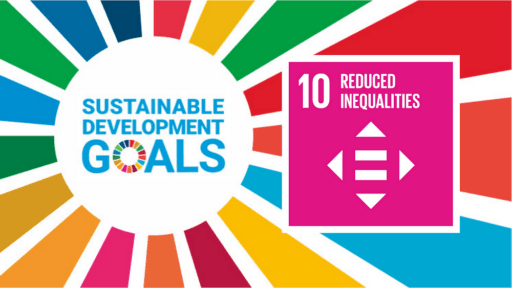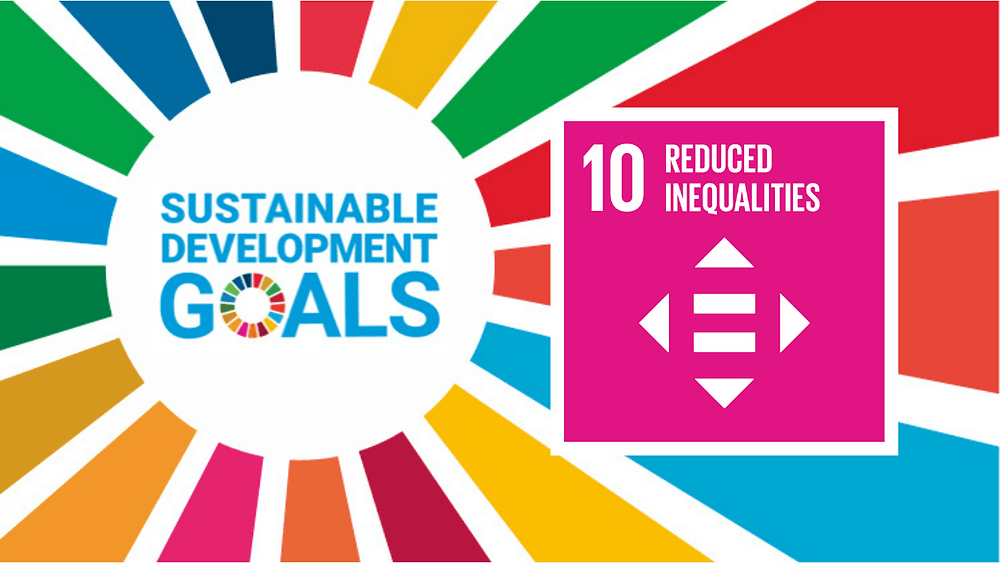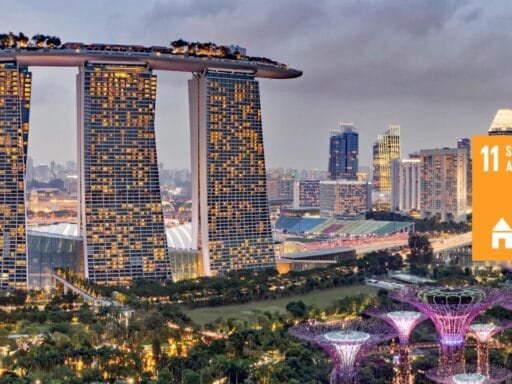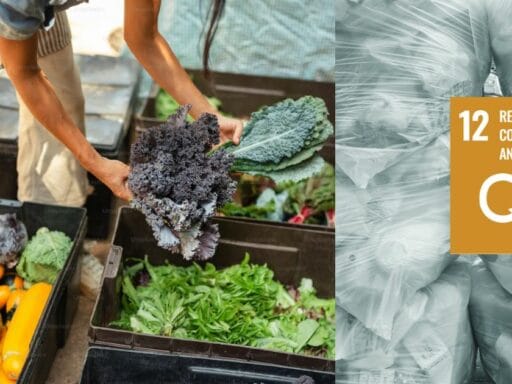Reducing inequality is not just a moral responsibility, but also a key component of long-term growth. Sustainable Development Goal 10 (SDG 10) is part of the United Nations’ 2030 Agenda and aims to reduce inequality in wealth, resources, and opportunity. This objective seeks to build a more equitable society in which everyone, regardless of wealth, gender, color, or region, may prosper. Inequality stifles growth, fuels social conflicts, and perpetuates poverty, making SDG Goal 10 critical to global peace and progress.
SDG 10 demands a collaborative effort from governments, corporations, and individuals. By tackling systemic hurdles and strengthening underprivileged populations, this objective has the ability to revolutionize society. Reduce inequality, which aims to reduce economic disparities and improve representation, opens the path for inclusive and sustainable development.
Understanding SDG Goal 10
What is Goal 10?
SDG Goal 10 aims to reduce disparities within and between nations. It focuses on income inequality, uneven access to opportunities, and institutional discrimination. This target acknowledges that chronic inequality stifles economic progress, destabilizes nations, and impedes attempts to address poverty. Goal 10 seeks to make the world more equitable and just by guaranteeing equal access to resources, education, healthcare, and economic engagement. For example, income inequality continues to be a major issue in both emerging and affluent countries. In several places, the top 10% earns more than half of total income. Addressing such inequities requires developing policies that promote fair wealth distribution, universal social protection, and inclusive economic growth.
Targets and Indicators of SDG Goal 10
The targets of this Goal 10 provide actionable steps to achieve equality. These include:
- Income Growth for the Poorest 40%
SDG Goal 10 aims to increase the income of the poorest 40% of the population at a faster pace than the national average. This necessitates concerted efforts to improve incomes, job opportunities, and access to financial resources for underprivileged groups. - Promote Social Inclusion
Social exclusion is a significant cause of inequality. To address this issue, regulations must be implemented to remove systematic discrimination based on gender, ethnicity, handicap, or socioeconomic position. By encouraging inclusion, communities may harness the potential of various groups and generate long-term progress. - Facilitate Global Partnerships
Developing countries frequently struggle to alleviate inequality owing to insufficient resources. Global collaborations can offer the financial, technological, and institutional resources required to level the playing field. Initiatives like debt alleviation and fair trade practices are critical for attaining this target.
Challenges in Achieving SDG Goal 10
Economic Inequality
Despite global efforts, economic inequality remains a key barrier to attaining SDG Goal 10. Many countries have seen the wealth gap between the affluent and the poor expand. Economic policies that benefit the rich, combined with insufficient social protection for disadvantaged communities, exacerbate inequality.
For example, access to decent education and healthcare is frequently based on financial level, putting underprivileged populations at a disadvantage. Without addressing these systemic difficulties, attaining equality will remain a difficult aim.
Social and Political Barriers
Discrimination and a lack of representation pose further obstacles. Marginalized populations frequently lack representation in decision-making processes, resulting in policies that fail to meet their requirements. Governments and organizations must actively endeavor to break down these obstacles by encouraging diversity and inclusion in leadership positions.
Practical Steps for Reducing Inequality
- Adopting Inclusive Policies
Governments must emphasize measures promoting equitable economic distribution and social protection. Progressive taxation, minimum wage regulations, and universal basic income are all effective ways to reduce economic inequality. - Enhancing Education and Healthcare Access
Education and healthcare are effective equalizers. Making these services available to everyone, regardless of wealth, may greatly reduce inequality. This includes funding for public schools, healthcare institutions, and vocational training programs. - Fostering Global Collaboration
Inequality frequently crosses boundaries, necessitating international collaboration. Developed nations may help developing countries by transferring technology, providing financial assistance, and launching capacity-building projects. This partnership is critical to developing a more equal global economy.
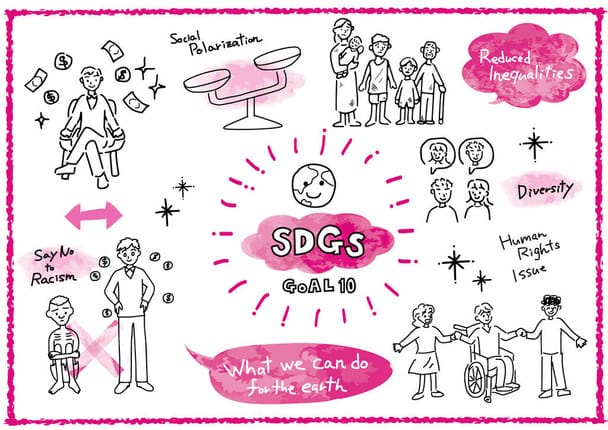
Case Studies of SDG Goal 10 in Action
Case Study 1: Brazil’s Bolsa Família Program
Brazil’s Bolsa Família program provides conditional cash transfers to combat poverty and inequality. Families receive financial help on the condition that their children attend school and have frequent health check-ups. This initiative has effectively lifted millions of people out of poverty while expanding education and healthcare access. By focusing on the most disadvantaged individuals, the initiative has dramatically reduced income gaps.
Case Study 2: Sweden’s Social Welfare System
Sweden is well known for its strong social assistance system, which has greatly decreased inequality. Universal healthcare, free education, and comprehensive social protection programs guarantee that all residents have access to essential services. The country’s progressive taxation system redistributes wealth, resulting in a more egalitarian society.
Fherist Services Toward SDG Goal 10
Driving Equality Through Technology and Innovation
Fherist plays an important role in accomplishing SDG Goal 10 by delivering data-driven insights and new solutions to address inequality. Fherist’s projects help companies to make long-term changes and develop a more inclusive environment. They provide the following services:
Policy Development: Fherist works with governments and non-governmental organizations (NGOs) to create policies that promote social inclusion and economic equality.
Community Engagement: By encouraging communication among stakeholders, Fherist guarantees that underrepresented perspectives are heard and represented in decision-making processes.
Technology Integration: Fherist uses technology to create instruments for monitoring inequality and measuring the effectiveness of interventions.
FAQs
1. What is SDG Goal 10?
Goal 10 aims to reduce inequalities within and among countries, focusing on income, opportunities, and representation.
2. Why is SDG Goal 10 important?
Reducing inequality fosters social cohesion, drives economic growth, and ensures that no one is left behind in the journey toward sustainable development.
3. What are the main challenges to achieving SDG Goal 10?
Persistent income disparities, systemic discrimination, and lack of representation are major hurdles in achieving this goal.
4. How can individuals contribute to SDG Goal 10?
Individuals can advocate for inclusive policies, support equality-focused initiatives, and foster inclusivity in their communities.
5. What role does international cooperation play in SDG Goal 10?
Global collaboration is essential for addressing cross-border disparities and supporting developing nations in reducing inequality.
Conclusion
SDG Goal 10 is an important component of the 2030 Agenda, aimed at making the world more equal and inclusive. While obstacles remain, practical solutions such as inclusive legislation, education, healthcare, and international cooperation provide a clear road ahead. By tackling inequality at its base, societies may realize their full potential and lay the road for long-term progress. With groups like Fherist leading the way and governments, corporations, and people chipping in, the goal of reduction of inequality is within reach. Together, we can create a society in which opportunities and resources are available to everyone, ensuring that no one falls behind.


